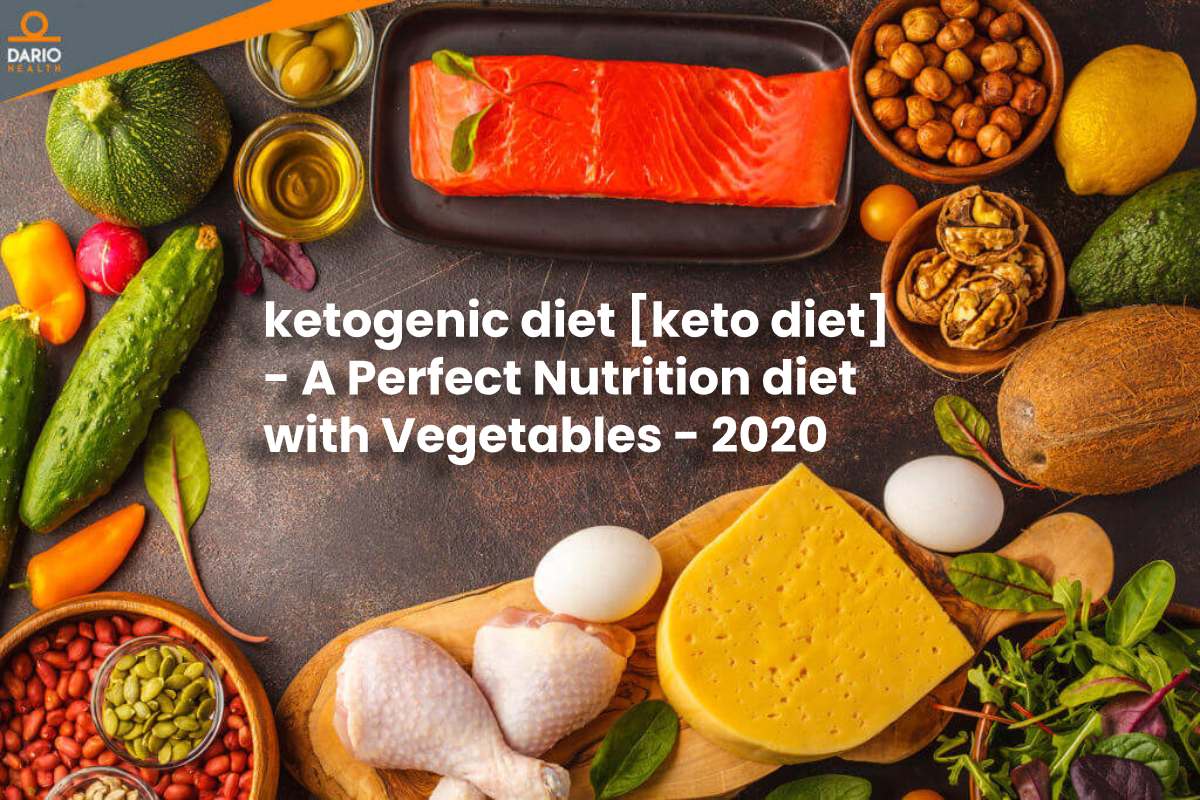The keto diet is a sustainable nutritional plan in which carbohydrates are largely avoided. Here you can find out what is allowed with the ketogenic diet.
Table of Contents
What Does ketogenic Nutrition Mean?
A diet that is very low in carbohydrates but consists of many high-fat foods is called a ketogenic diet. The consequence of the keto diet is that the body changes its energy metabolism in the long term. With the classic ketogenic diet, the consumption of carbohydrates is only 20 grams per day. To make a comparison: As a rule, an adult should cover almost half of his energy requirements with the consumption of carbohydrates. The ketogenic diet also provides a diet that consists of between six and eight percent protein and 90 percent fat.
These Foods are Prohibited
Sugar, potatoes, rice, bread, and pasta are taboo here. Eggs, sausages, meat, fatty fish, and vegetables are served on the plate – but only those that have few carbohydrates. The fruit is only allowed in absolute quantities since it contains a lot of fructose. If you are more of a meat person, you can also try the paleo diet, you can learn more about it in this article from Proper Good.
The Right Vegetables for the ketogenic Diet
Every food has specific concentrations of macronutrients, i.e., fat, protein, and carbohydrates. The majority of dairy products and meat consist of a high concentration of fat and protein. Vegetables, on the other hand, mainly consist of carbohydrates. It is, therefore, vital to know which vegetables contain the least carbohydrates to meet the requirement of less than 20 grams of carbohydrates in the ketogenic diet.
Less than Five Percent of Carbohydrates
Vegetables with less than five percent carbohydrates can be consumed freely during the keto diet. Without a guilty conscience, sauces and butter can also be used here. These vegetables include:
-
- Kale
-
- asparagus
- zucchini
- broccoli
- spinach
The use of vegetables with higher carbohydrate content should be sparing. These types of vegetables include:
- green beans
- Brussels sprouts
- Carrots
- Kohlrabi
- red and yellow peppers
Technically speaking, the tomato is a fruit. Like avocado, you can integrate it into the ketogenic diet. However, the carbohydrate content is a little higher in very ripe tomatoes.
More Helpful Tips
When choosing vegetables that are low in carbohydrates, the following tips can be useful.
The ketogenic-friendly vegetables usually include varieties with leaves, such as spinach or lettuce. Generally, there are fewer carbohydrates in green vegetables than in the brightly colored alternatives. For example, red cabbage has significantly more carbohydrates than kale. The same applies to green peppers.
Fat and Vegetables
Vegetables that are suitable for the ketogenic diet can be wonderfully used as fat carriers. Simply use butter as a spice for the vegetables. Roasting in ghee, avocado oil, coconut oil, or lard is also a good way to prepare the vegetables according to the keto. If you like to eat dairy products, you can conjure up a sauce made from cream cheese, cheese, or cream.
To add more fat to the vegetables, they can also be dipped in salad dressing, olive oil, or other dips. However, caution is advised with commercial dips, since they usually contain large amounts of carbohydrates. It is better to prepare the sauces and dips on your own.
Why is the Vegetable so Essential in the ketogenic diet?
The fiber
To provide the body with enough fiber, vegetables are a great source. Dietary fiber is essential for the health of the intestine because it ensures the survival of the essential intestinal bacteria. The organism does not use the fiber, but the use of the fibers is by the bacteria to replenish their energy stores.
Food for the Brain
A full 85 percent of the brain is made up of fat. From this, the conclusion is that a diet that promotes the consumption of healthy fats such as coconut oil, ghee, MCT, and omega 3 and 6 fatty acids benefits the brain very well. However, these healthy fats cannot be used by the brain if the intestines are not working properly. Inflammation or malfunctions in the intestine can also impair the functioning of the brain. The intestine is the source of a healthy body and, thus, a healthy brain.
The essential fiber supplies the good bacteria in the intestine. Also, the vegetables provide the necessary minerals and vitamins, such as magnesium, calcium, B vitamins, vitamin D, and vitamin. Both the brain and the entire organism benefit from this.
Overcome Diseases
Plants carry out photosynthesis, even pupils in third grade know that. This process of photosynthesis activates antibacterial and antifungal properties in the plants, which protect them. And people take this protection in themselves when they eat vegetables.
It is ideal, of course, to use organic vegetables that have not been genetically treated. Most of the valuable substances are contained here.
Also Read: Protection Against Coronavirus: How to Strengthen your immune system?
KNOW MORE:- martgos

